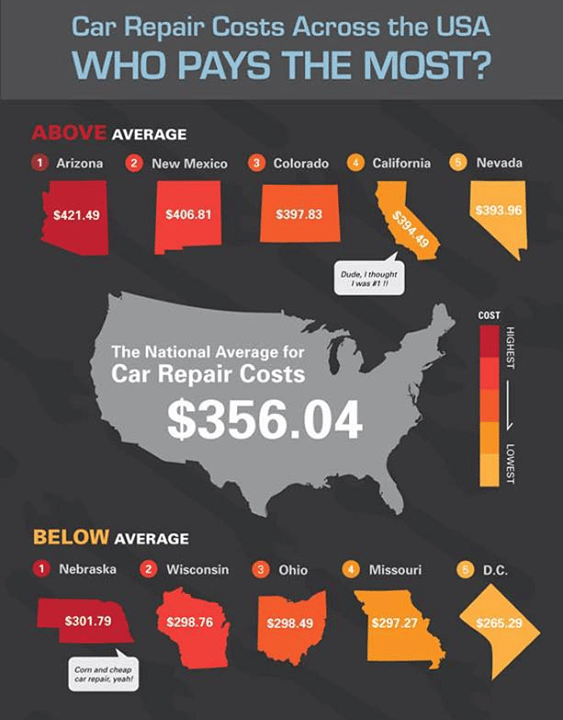When you lag the wheel, those beautiful warning lights on your dashboard can be a bit difficult. Do you understand what they're trying to inform you regarding your cars and truck's health? Understanding check over herea of these lights is crucial for your safety and the longevity of your lorry. So, the following time one of those lights appears, wouldn't you want to analyze its message properly and take the essential steps to resolve it?
Common Caution Lighting and Interpretations
Determine common warning lights in your automobile and understand their significances to make sure safe driving.
The most common warning lights consist of the check engine light, which signifies concerns with the engine or exhausts system. If this light comes on, it's critical to have your vehicle checked quickly.
The oil pressure alerting light shows reduced oil stress, requiring immediate focus to avoid engine damage.
A flashing battery light might recommend a faulty billing system, possibly leaving you stranded otherwise addressed.
https://motorvehiclechassis72615.digitollblog.com/31012767/the-overlooked-treasures-recognizing-quality-car-repair-work-providers-in-your-neighborhood tracking system (TPMS) light notifies you to low tire pressure, affecting automobile security and fuel performance. Overlooking this could lead to harmful driving conditions.
The ABS light suggests an issue with the anti-lock braking system, compromising your capability to stop rapidly in emergency situations.
Finally, the coolant temperature advising light warns of engine overheating, which can cause extreme damages otherwise solved swiftly.
Recognizing these usual warning lights will certainly assist you attend to issues without delay and keep safe driving conditions.
Importance of Prompt Interest
Recognizing the typical warning lights in your vehicle is just the first step; the importance of quickly dealing with these cautions can't be emphasized enough to guarantee your safety and security when driving.
When a warning light illuminates on your dashboard, it's your automobile's means of communicating a potential issue that needs focus. Ignoring these warnings can lead to more extreme issues in the future, compromising your security and possibly costing you a lot more out of commission.
Prompt attention to warning lights can stop breakdowns and crashes. For example, a blinking check engine light can suggest a misfire that, if left neglected, can trigger damage to the catalytic converter. Addressing this without delay can save you from a pricey repair.
In a similar way, a brake system warning light might signify low brake fluid or worn brake pads, essential elements for your safety when driving.
DIY Troubleshooting Tips
If you discover a caution light on your control panel, there are a few do it yourself troubleshooting ideas you can try before looking for expert aid.
https://brakecheck28395.dm-blog.com/31304700/ready-to-unveil-the-surprise-facts-of-auto-repair-work-with-remarkable-discoveries-that-will-shift-your-perspective-you-ll-be-astonished-by-what-you-really-did-not-understand is to consult your vehicle's guidebook to understand what the certain caution light shows. Sometimes the concern can be as straightforward as a loose gas cap causing the check engine light. Tightening up the gas cap may resolve the issue.
An additional common issue is a low battery, which can cause numerous warning lights. Examining the battery connections for deterioration and guaranteeing they're safe might repair the issue.
If a warning light persists, you can try resetting it by separating the automobile's battery for a few mins and then reconnecting it. Additionally, checking your car's fluid degrees, such as oil, coolant, and brake fluid, can help repair cautioning lights related to these systems.
Verdict
In conclusion, comprehending your cars and truck's caution lights is necessary for maintaining your automobile running smoothly and securely. By quickly resolving these signals and recognizing what they imply, you can avoid expensive repair work and potential malfunctions.
Bear in mind to consult your vehicle's guidebook for specific information on each alerting light and take action accordingly to guarantee a trouble-free driving experience.
Remain informed, remain secure on the road!
